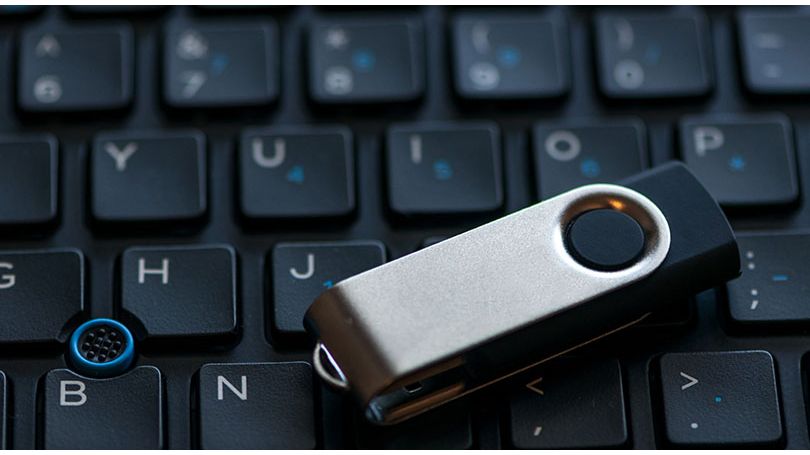Data breaches
From identity to data theft, privacy breaches are a growing area of critical exposure for all businesses. With increasing digitization of everything from employee records to customer profiles to financial data, the global cost of business cybercrime, including privacy breaches, is expected to top $6 trillion per year by 2020. The Internet of Things (IOT), Artificial Intelligence (AI) and even cloud-based computing are areas which may increase your risk for exposure in the future.
For your business this can translate into lawsuits as well as repair and public relations costs, lost consumer confidence and potentially lost business.
Hacks are not the only risk to businesses. Laptops, tablets, cellphones, or USB flash drives can be lost or stolen with your data ending up in the wrong hands. Employee error or a careless update to your website can also expose your business to increased risk.
Here is what you can do to protect your business:
- Ensure you have strong, modern endpoint antivirus protection.
- Control the movement of critical information.
- Improve employee communications and education on cyber threats.
- Ensure you have cyber insurance.
The human element
Data breaches are not the only area in which the human element plays a prominent role in the exposure to risk. There are liability concerns when your employees or the public enter your business property and when your company vehicles are on the road. One accident with your delivery truck or a visitor tripping over a cable in your warehouse exposes your company to potential lawsuits. The human factor also plays a role in manufacturing, accounting, and logistical errors, whether it is a simple cutting mistake on a lathe or a calculation error during your month-end. Mistakes happen, but there are ways to mitigate your company’s exposure:
- Conduct a risk assessment with your insurance representative.
- Educate your workforce about risks and solutions.
- Ensure regular maintenance to minimize hazards, reduce slip and fall exposures, and keep workspaces clutter free.
Equipment breakdown
The cost of an equipment breakdown can be significant. If there is specialized equipment that your company depends on, ensure you:
- Perform ongoing preventative maintenance.
- Have immediate access to qualified technicians.
- Stockpile parts for quick fixes.
- Protect your business with specialized equipment breakdown insurance.
- Consider alternative suppliers for replacement (don’t rely 100% on single supplier).
Emergencies and natural disasters
Emergencies and natural disasters, though not always common, leave a business exposed to potentially catastrophic losses. Consider the effect that a long-term power outage can have on a grocery store or the effect that extensive exposure to water can have on precision manufacturing equipment.
Business owners experiencing these kinds of disasters must deal with both the costs of replacing equipment and stock while they rebuild. You can’t prevent disasters, but you can mitigate their effects by ensuring you have a comprehensive emergency plan in place and ensuring your workers understand what to do in the event of an emergency.
Non-owned automobiles
Even vehicles that are not owned by the company must be insured if employees use them for business purposes. This can include an employee who picks up supplies or a salesperson who makes a quick delivery on her way home from work. Non-owned auto insurance is available to protect your business in these circumstances.
Insurance coverage
Be aware of your risks and take preventative measures to protect your business. Your insurance broker can help you assess your liability coverage, such as non-owned auto, along with other coverages for privacy breach equipment breakdown and other areas where you may be exposed to risks.
Sources
Risk Management. (2017). Retrieved from Insurance Board of Canada: http://www.ibc.ca/on/business/risk-management













